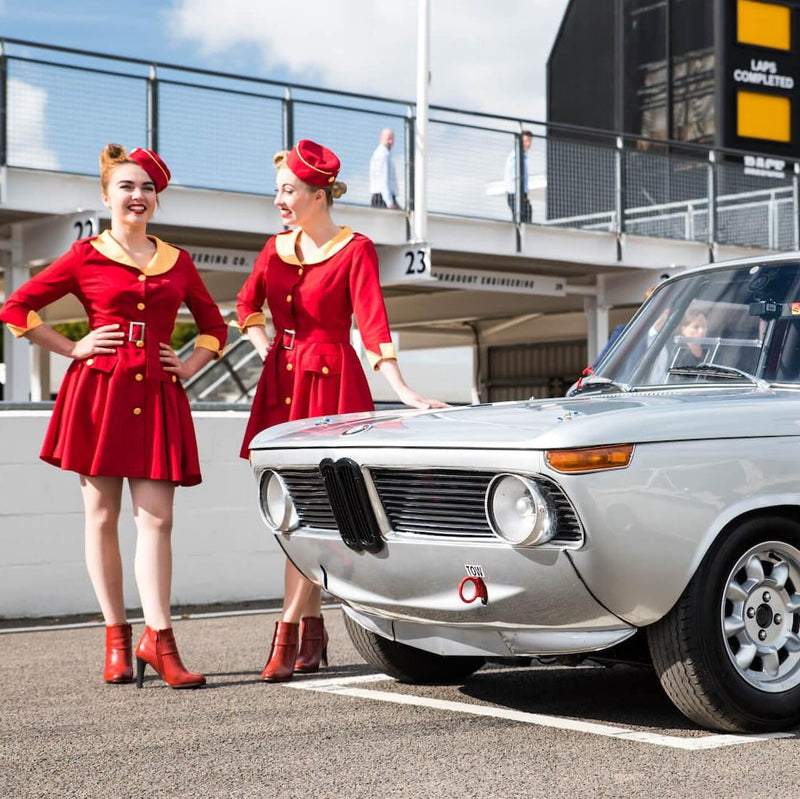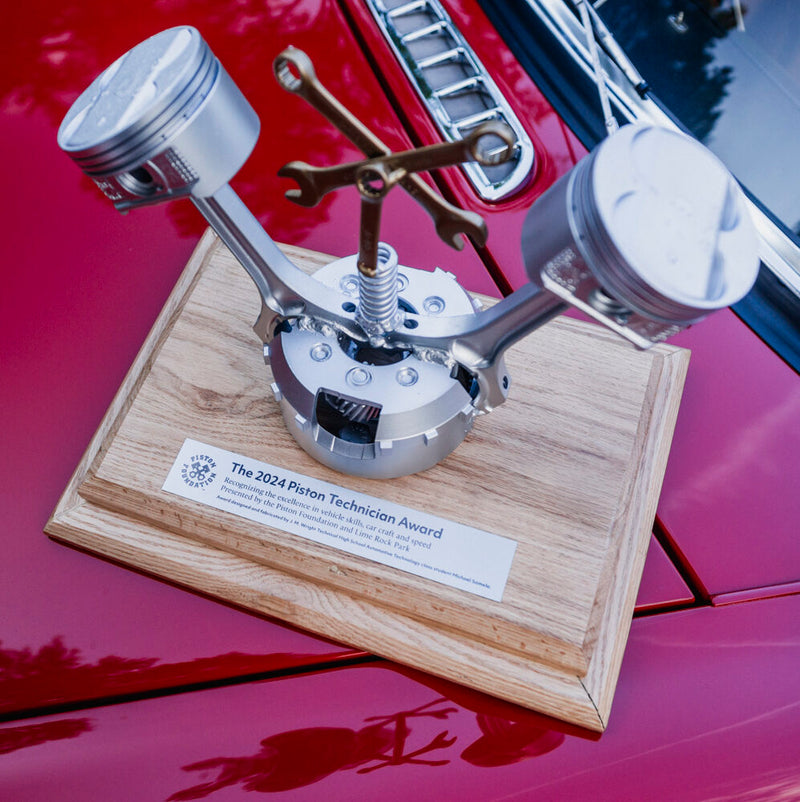Story and Photography by: Joshua Scherling
The Del Monte Forest of Pebble Beach, CA is a serene place on an overcast Thursday afternoon, as the crisp ocean breeze flows a gentle fog through the pines. It is so quiet and peaceful that it's hard to imagine that between 1950 and 1956, these narrow roads through the dense forest were used as a racetrack.
My name is Joshua Scherling, I drive a 1952 Jaguar XK120 on the old Pebble Beach circuit.
On a small, 1.8-mile rectangular track made up of public roads adjacent to The Lodge at Pebble Beach, the likes of Phil Hill, Carroll Shelby, John von Neumann, and Al Moss were racing their Jaguars, Ferraris, MGs, and Allards with only a few bales of hay separating them from the immovable pines.


Phil Hill won the inaugural race here, driving a black-on-red Jaguar XK120 Roadster, in what he would later describe as his most important race win. As I drive my Jaguar along this same route, and its engine note reflects off the forest, I feel closely connected to the automotive history of this special place.
My father instilled in me a passion for vintage cars while growing up in Carmel, and tinkering with his vintage cars. Many of my favorite childhood memories revolve around my father, his cars, and the annual Monterey car week in August. The more I learned about vintage cars, the history of the marques, and motorsport, the more I began to appreciate the 120 ‘Jag’.
To me, it epitomizes what the gentleman racer would have owned in that era. There is not much difference between a production example and the one Phil Hill drove to victory in Pebble Beach—besides the fact his had more aluminum bodywork and larger SU carbs.

I am the third custodian of this highly original car and it has traveled only 39,000 miles. The previous owner had owned it since the early ’60s, and even though he was reluctant to see it go, he knew it would be enthusiastically enjoyed in its new home in Pebble Beach. I drive it several times a week, and have been racking up the miles as quickly as possible.
What surprised me the most was not only how aggressive the car looked, but the incredible sound and power this car delivers. Sometimes, its sinister looks make me feel as though I’m hiding in the shadow of a pavement-consuming shark; after all, it was the fastest production car in the world in it’s time.
The Pebble Beach races came to end in 1956 after a fatal crash necessitated the construction of Laguna Seca a few miles away. Today, we have the Pebble Beach Concours d’Elegance as a tradition brought forth from the road races; however, I prefer to pay homage to the men and machines that raced here in my own way.
In my case, paying homage by piercing the serenity of the forest with the unbridled growl, speed, and agility that this old black cat still possesses.

























































